Backpacking trips require a stove that is durable, dependable, and will get the job done after a long day on the trail. Below is our list of the best backpacking stoves, current for 2013, including our pick for the best overall stove and other options ranging from expedition to budget.
Best Overall Backpacking Stove
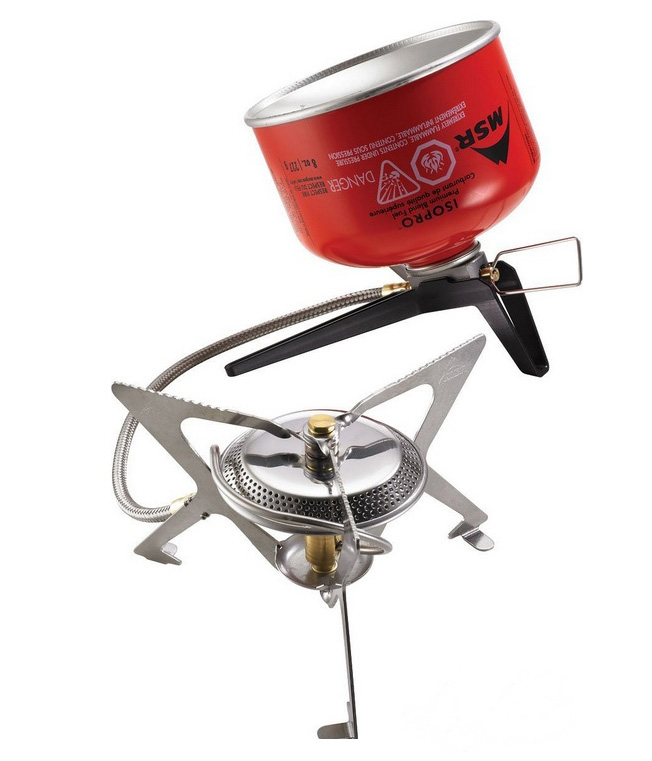
MSR makes excellent backpacking stoves that last, and the MSR WindPro II is our favorite of them all. The stove is relatively lightweight at 6.6 oz., and it has a low center of gravity that makes it far more stable than cheaper stoves that sit on top of the fuel canister (we’ve seen many dinners ruined by toppled sit-on-top stoves). The MSR WindPro II is easy to set in place, has an adjustable boil to simmer flame, and comes with an aluminum wind shield for fast cooking. We prefer the MSR WindPro II over the popular MSR WhisperLite ($80); the latter, however, uses a refillable white gas container instead of pre-filled isobutene/propane canisters, making gas usage easier to measure. Both are high quality backpacking stoves.
Weight: 6.6 oz. (187 g)
Pros: Weight, stability, temperature control
Cons: None
![]()
Amazon.com, Backcountry.com, REI.com
For Extreme Conditions
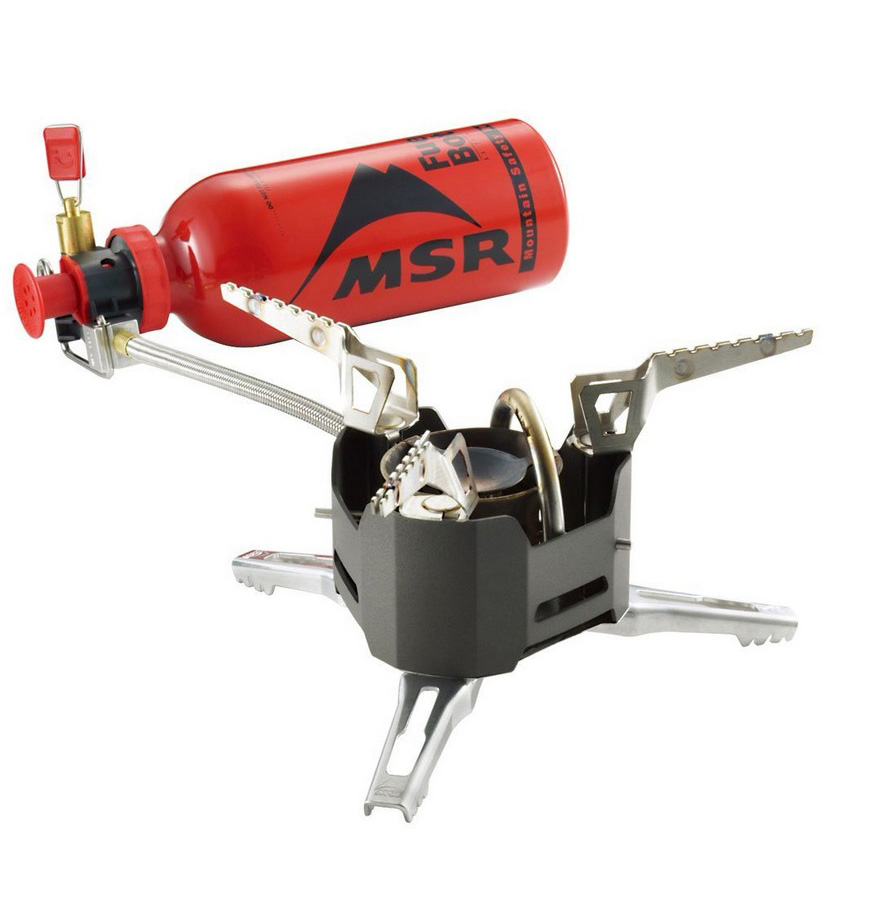
For expeditions and extreme conditions, you won’t find a tougher or more weather resistant backpacking stove than the MSR XGK EX Extreme. The stove has extra wide feet for stability in poor conditions and can bring large pots to a boil in a matter of minutes (mountaineers can’t rely on running water and often use their stove to melt snow and ice). The MSR XGK EX Extreme also uses a number of fuel types including kerosene, white gas, and diesel. On the whole, the stove is hot, fast, and as durable as they come.
Weight: 17.2 oz. (489 g)
Pros: Durability, cooking speed, multi-fuel
Cons: Cost, weight![]()
Amazon.com, Backcountry.com, REI.com
On a Budget
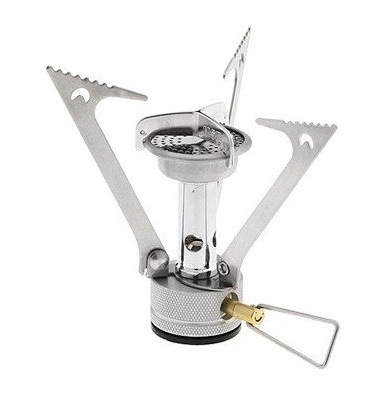
The MSR Pocket Rocket is an ultra-lightweight backpacking stove and one of the best-selling stoves on the market. The Pocket Rocket simply screws to the top of an isobutene/propane canister without a fuel line (this means that the fuel canister serves as the base of your stove). If you can create a flat and stable surface for your stove and are careful while cooking, the MSR Pocket Rocket works great. The design does mean that with a pot on top, the center of gravity is considerably higher than the stoves above that sit directly on the ground.
Weight: 4.2 oz. (119 g)
Pros: Weight, cost
Cons: Stability
![]()
Amazon.com, Backcountry.com, REI.com
Innovation Award
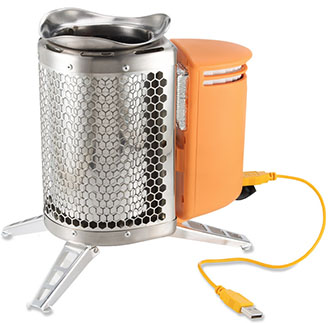
The BioLite CampStove is a very cool concept: instead of using gas, the stove burns off biomass (small pieces of wood, pinecones, etc.) from around your campsite. The heat powers a small fan to keep the flames going strong and extra electricity can be used to charge small electronics through a USB outlet. The stove functions fairly well and the wood is able to create a hot flame, but the chamber needs to be re-loaded every five minutes or so to maintain high heat. It’s also bulky at 33 oz. and 8.25 inches tall. We do love the concept and eco-friendliness of the Biolite stove—no more gas canisters to carry or throw away.
Weight: 33 oz. (935 g)
Pros: No gas canisters, USB charging
Cons: Size and weight
![]()
Do-It-Yourself Backpacking Stove
Ultra-long distance hiker Andrew Skurka’s backpacking strategies aren’t for everyone, but one of his savviest concepts is a do-it-yourself backpacking stove made from a cat food can. With a cat food can (or a tuna fish can for larger pots), a hole punch, and denatured alcohol, you can make your own lightweight backpacking stove for under $10. You can read Andrew’s full article and watch his video on making the stove here.
More on Hiking and Backpacking
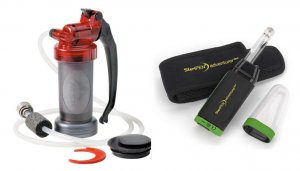 Best Water Purifiers for Backpacking
Best Water Purifiers for Backpacking
Our guide to the Best Water Purifiers for Backpacking covers top purification systems and filters like the MSR Miniworks pump, Steripen, and Potable Aqua iodine tablets
